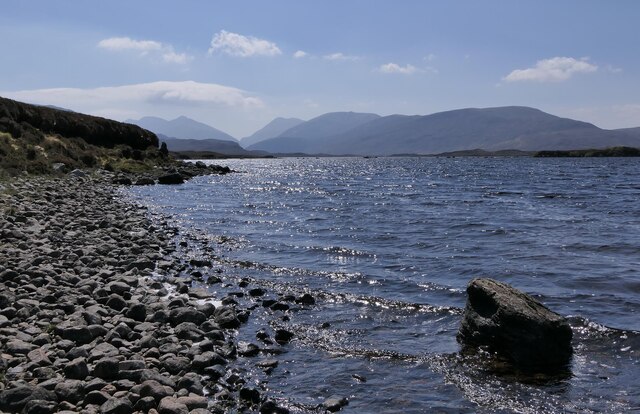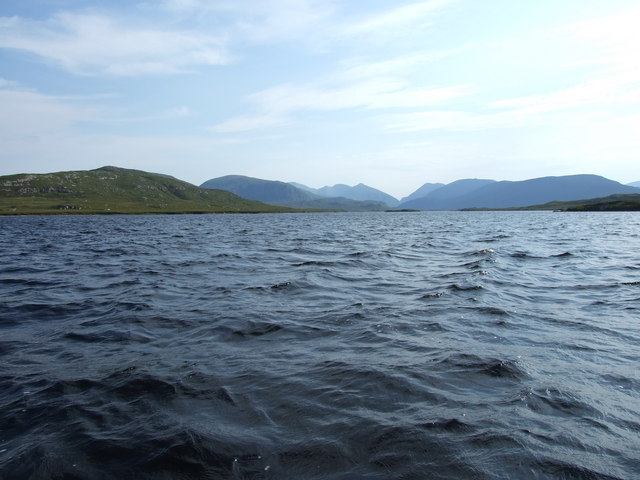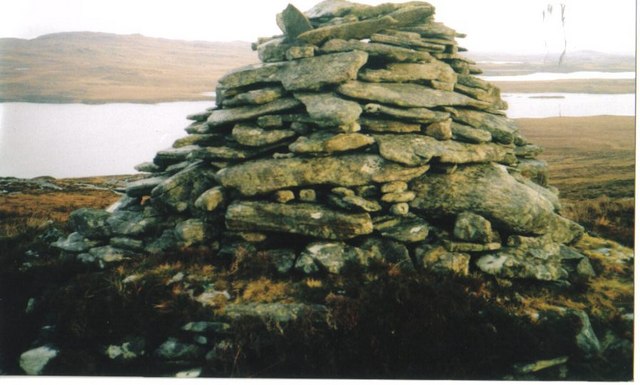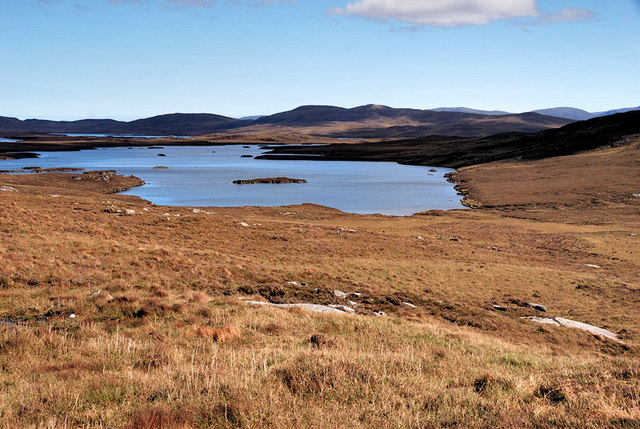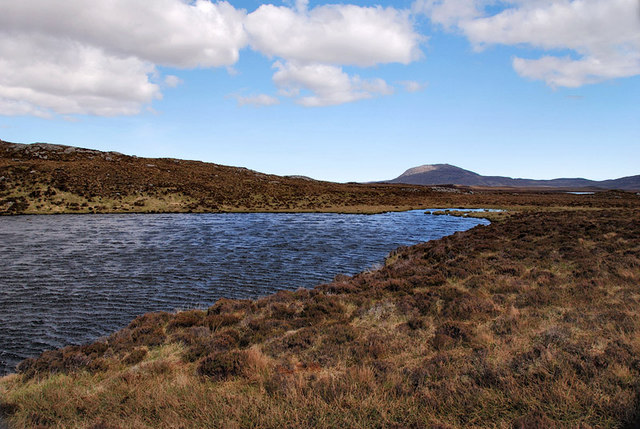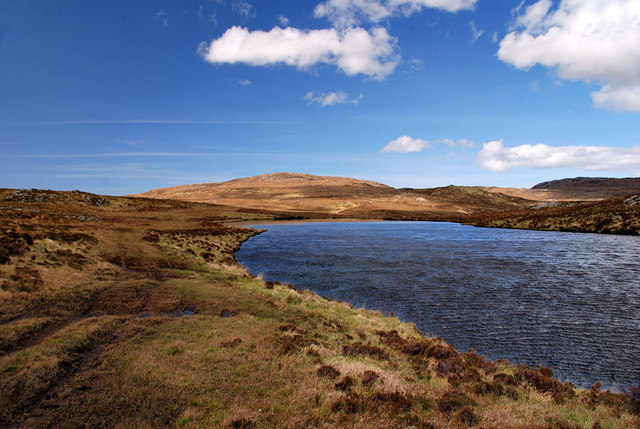Tòb na Creige Ruaidhe
Bay in Ross-shire
Scotland
Tòb na Creige Ruaidhe
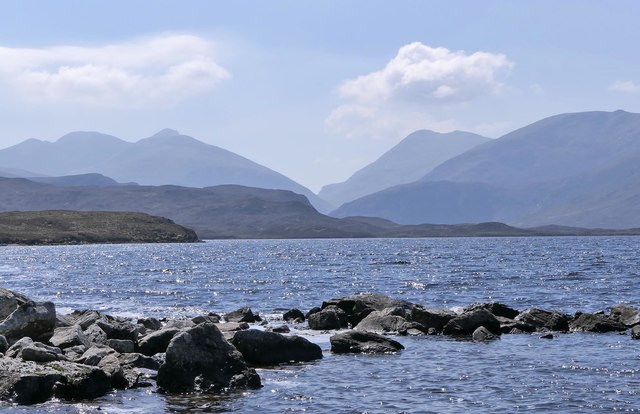
Tòb na Creige Ruaidhe, also known as Red Rock Bay, is a picturesque coastal area located in Ross-shire, Scotland. Situated on the northern coast of the country, it is renowned for its stunning natural beauty and tranquil atmosphere.
The bay is characterized by its rugged cliffs, which are composed of red sandstone, giving the area its distinctive name. These cliffs form a protective barrier against the powerful waves of the North Sea, creating a sheltered bay with calm waters. The bay offers breathtaking views of the surrounding landscape, with its pristine sandy beaches, rocky outcrops, and crystal-clear turquoise waters.
Tòb na Creige Ruaidhe is a haven for wildlife enthusiasts and nature lovers. The bay is home to a diverse range of marine life, including seals, dolphins, and various seabird species. Visitors can often spot these animals from the shore or choose to explore the bay by boat.
The area surrounding the bay is also rich in history and culture. There are several archaeological sites nearby, including ancient settlements and burial mounds, which provide insight into the region's past. Additionally, the nearby town of Ullapool offers a range of amenities and attractions, including shops, restaurants, and traditional music festivals.
Overall, Tòb na Creige Ruaidhe is a captivating destination that offers a perfect blend of natural beauty, wildlife, and historical significance. Whether it's relaxing on the beach, exploring the cliffs, or immersing oneself in the local culture, this bay has something to offer for everyone.
If you have any feedback on the listing, please let us know in the comments section below.
Tòb na Creige Ruaidhe Images
Images are sourced within 2km of 58.082396/-6.7897757 or Grid Reference NB1720. Thanks to Geograph Open Source API. All images are credited.
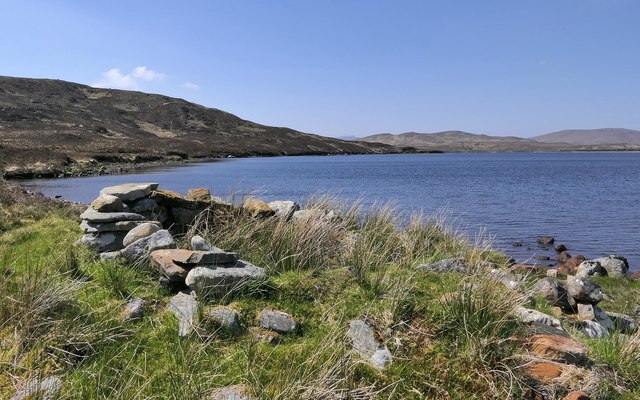
Tòb na Creige Ruaidhe is located at Grid Ref: NB1720 (Lat: 58.082396, Lng: -6.7897757)
Unitary Authority: Na h-Eileanan an Iar
Police Authority: Highlands and Islands
What 3 Words
///kicked.bossy.insisting. Near Leurbost, Na h-Eileanan Siar
Nearby Locations
Related Wikis
Eilean Mòr, Loch Langavat
Eilean Mòr is an island in Loch Langavat on the Isle of Lewis in the Outer Hebrides of Scotland. == Footnotes ==
Gisla Hydro-Electric Scheme
Gisla Hydro-Electric Scheme was a small scheme promoted by the North of Scotland Hydro-Electric Board on the Isle of Lewis, Outer Hebrides, Scotland. It...
Airidh a' Bhruaich
Airidh a' Bhruaich (Arivruaich - anglicised) is a scattered crofting township in the South Lochs district of the Isle of Lewis in the Outer Hebrides of...
Seaforth Island
Seaforth Island (Scottish Gaelic: Eilean Shìphoirt/Shìophoirt or Mulag) is an uninhabited island in the Outer Hebrides of Scotland. Unlike many other...
Nearby Amenities
Located within 500m of 58.082396,-6.7897757Have you been to Tòb na Creige Ruaidhe?
Leave your review of Tòb na Creige Ruaidhe below (or comments, questions and feedback).
